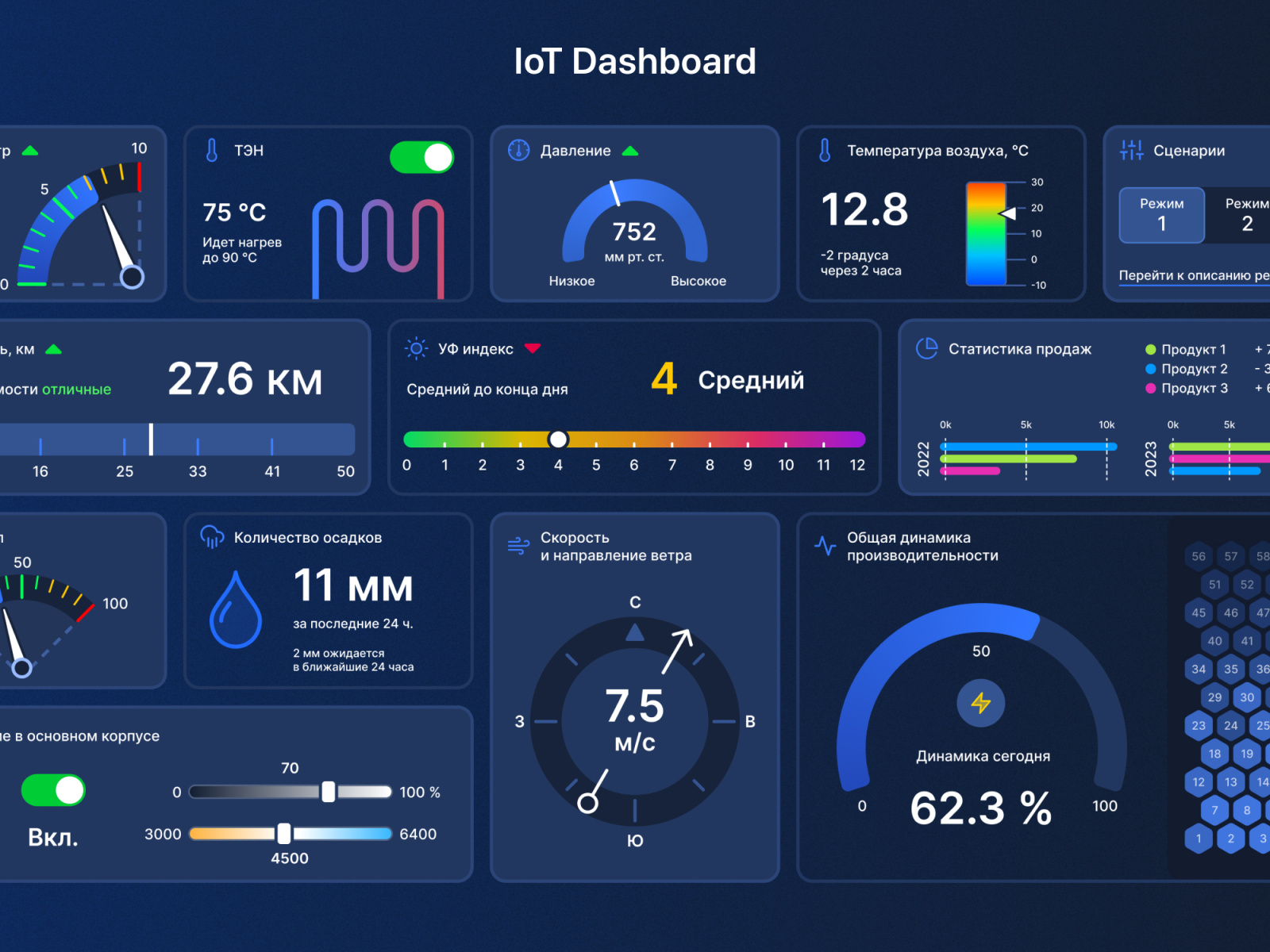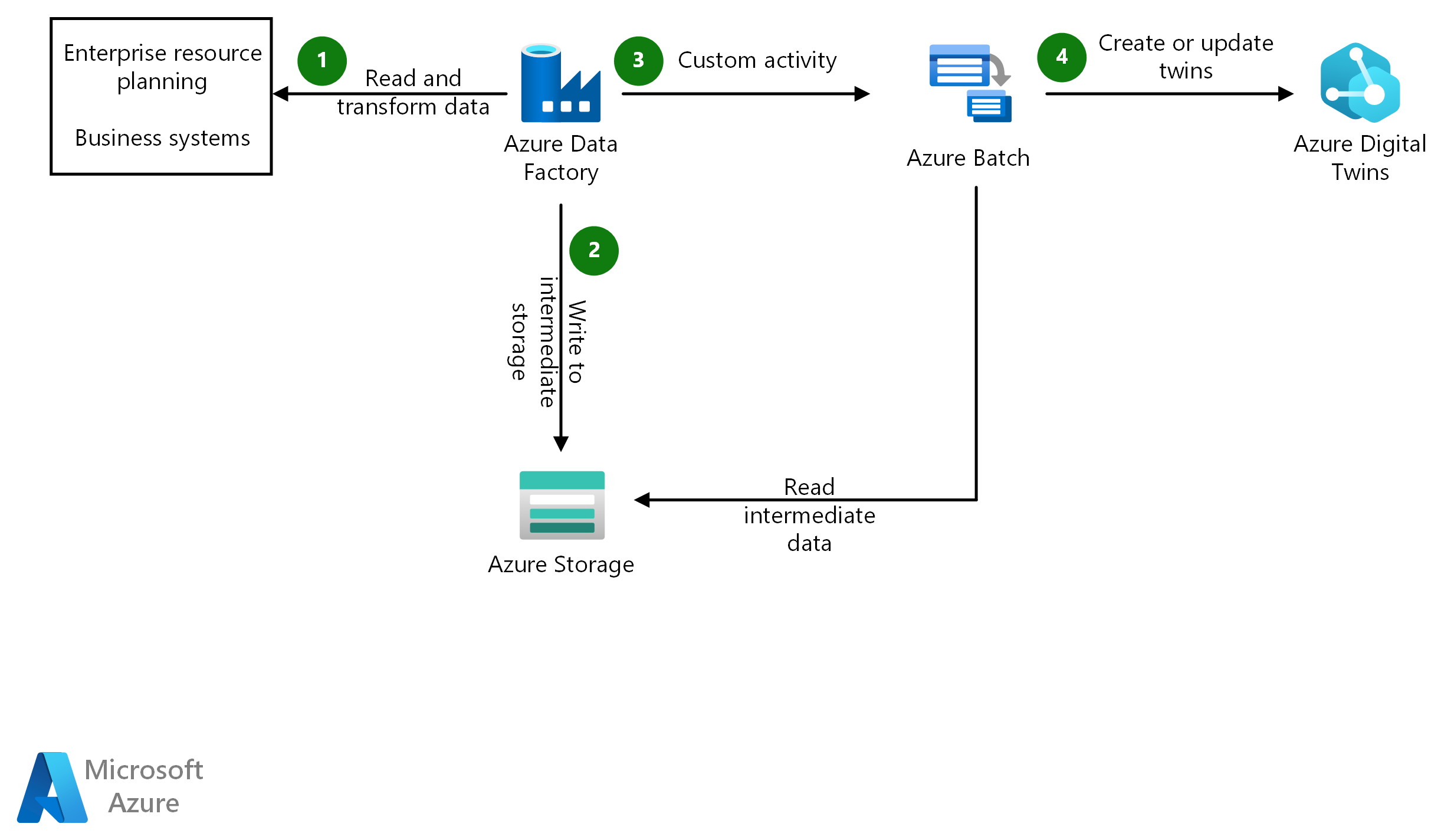IoT Device Batch Job Example: Unlocking The Power Of Automation In IoT Systems
In today's fast-paced technological landscape, the Internet of Things (IoT) has revolutionized how devices communicate and interact with one another. IoT device batch job example plays a crucial role in automating processes, improving efficiency, and reducing operational costs. Whether you're a developer, engineer, or business owner, understanding how batch jobs work in IoT systems can significantly enhance your operations.
As IoT continues to expand, the need for effective data processing solutions becomes increasingly important. Batch processing allows IoT devices to handle large volumes of data efficiently, ensuring timely execution of tasks without overwhelming system resources. This article will delve into the intricacies of IoT device batch job examples, providing you with practical insights and actionable strategies.
By the end of this comprehensive guide, you will have a thorough understanding of IoT device batch job examples, their applications, and the benefits they offer. Whether you're looking to optimize your existing IoT infrastructure or exploring new ways to leverage automation, this article will serve as your ultimate resource.
- Ullu Web Series Movierulz Telugu Your Ultimate Guide To The Thrilling World Of Telugu Web Series
- Comprehensive Guide To Movierulz 18 Your Ultimate Movie Streaming Hub
Table of Contents
- Introduction to IoT Device Batch Job
- How Batch Processing Works in IoT
- Benefits of IoT Device Batch Job
- Real-World IoT Device Batch Job Example
- Key Components of IoT Device Batch Job
- Challenges in Implementing IoT Device Batch Job
- Tools and Technologies for IoT Device Batch Job
- Optimizing IoT Device Batch Job Performance
- Future of IoT Device Batch Job
- Conclusion and Call to Action
Introduction to IoT Device Batch Job
An IoT device batch job refers to the process of automating repetitive tasks by grouping them into a single executable job. This approach is particularly useful when dealing with large volumes of data generated by IoT devices. By scheduling these jobs to run at specific intervals, businesses can ensure timely processing of data while minimizing resource usage.
Batch jobs in IoT systems offer several advantages, including improved efficiency, reduced costs, and enhanced system reliability. They are especially beneficial in scenarios where real-time processing is not required, but timely execution of tasks is crucial for maintaining operational continuity.
How Batch Processing Works in IoT
Batch processing in IoT involves collecting data from multiple devices, organizing it into batches, and processing it in a sequential manner. This method ensures that data is handled systematically, reducing the risk of errors and improving overall system performance.
- Tamilblasters Cool A Comprehensive Guide To The World Of Tamil Movies
- Bolly4uorg Your Ultimate Gateway To Hollywood Movies In Hindi
Key steps in batch processing include:
- Data collection from IoT devices
- Data validation and preprocessing
- Execution of batch job tasks
- Storage and analysis of processed data
Benefits of IoT Device Batch Job
Implementing IoT device batch job solutions can bring numerous benefits to organizations:
- Improved efficiency in data processing
- Reduced operational costs through automation
- Enhanced system reliability and performance
- Scalability to handle increasing data volumes
By leveraging batch processing, businesses can optimize their IoT infrastructure, ensuring smooth operations even as the number of connected devices grows.
Real-World IoT Device Batch Job Example
A practical example of IoT device batch job implementation can be seen in smart agriculture systems. Farmers use IoT sensors to monitor soil moisture levels, temperature, and humidity. These sensors collect data at regular intervals, which is then processed in batches to generate actionable insights. For instance, a batch job might analyze historical data to predict optimal irrigation schedules, helping farmers conserve water and improve crop yields.
Key Components of IoT Device Batch Job
Data Collection
Data collection is the first step in any IoT batch job process. IoT devices gather information from various sources, such as sensors, cameras, and other connected devices. This data is then transmitted to a central server for further processing.
Data Processing
Data processing involves organizing and analyzing collected data to extract meaningful insights. Batch jobs are scheduled to execute specific tasks, such as filtering irrelevant data, performing calculations, and generating reports.
Data Storage
Once processed, data is stored in databases or cloud storage systems for future reference. Proper storage ensures data integrity and availability, enabling businesses to make informed decisions based on historical trends.
Challenges in Implementing IoT Device Batch Job
While IoT device batch job solutions offer numerous benefits, there are challenges to consider:
- Data security and privacy concerns
- Scalability issues as the number of devices increases
- Integration with existing systems and infrastructure
Addressing these challenges requires careful planning and the use of robust technologies to ensure seamless implementation.
Tools and Technologies for IoT Device Batch Job
Several tools and technologies are available to facilitate IoT device batch job implementation:
- Apache Hadoop for distributed data processing
- Amazon Web Services (AWS) IoT for cloud-based solutions
- Microsoft Azure IoT Hub for managing IoT devices and data
These platforms provide the necessary infrastructure to support batch processing, ensuring efficient and reliable execution of tasks.
Optimizing IoT Device Batch Job Performance
To maximize the effectiveness of IoT device batch jobs, consider the following strategies:
- Implement load balancing to distribute processing tasks evenly
- Use caching mechanisms to reduce data retrieval times
- Monitor system performance regularly to identify bottlenecks
By optimizing performance, businesses can ensure that their IoT batch jobs run smoothly, delivering consistent results.
Future of IoT Device Batch Job
As IoT continues to evolve, the role of batch jobs in managing device data will become increasingly important. Advances in artificial intelligence and machine learning will enable more sophisticated batch processing techniques, allowing businesses to extract deeper insights from their data.
Additionally, the emergence of edge computing will enhance the capabilities of IoT device batch jobs by enabling data processing closer to the source, reducing latency and improving overall system efficiency.
Conclusion and Call to Action
In conclusion, IoT device batch job examples play a vital role in automating processes and optimizing data management in IoT systems. By understanding the principles and best practices outlined in this article, you can effectively implement batch job solutions tailored to your specific needs.
We invite you to share your thoughts and experiences in the comments section below. Additionally, explore our other articles to deepen your knowledge of IoT technologies and their applications. Together, let's shape the future of connected systems and unlock the full potential of IoT device batch jobs.
- Telugu Movie Download 2025 Your Ultimate Guide To Legitimate Platforms And Updates
- 5 Movierulz 2025 Exploring The Future Of Movie Streaming Platforms

Dribbble 247.jpg by Senya Zhukavin

IoT blog posts Grafana Labs

Batch integration with Azure Data Factory for Azure Digital Twins